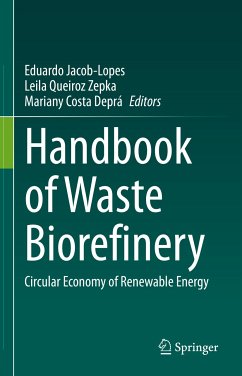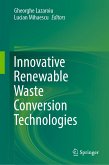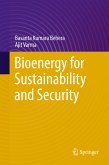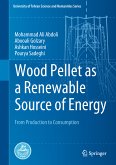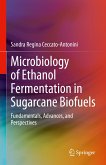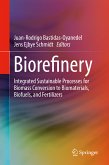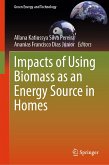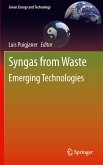This handbook is divided into four parts. First, the reader is introduced to the fundamentals and recent trends of waste-to-energy technologies. The second part describes in detail the current status, challenges, and potential of the different feedstocks used for waste-to-energy conversion. Here, municipal solid waste, sewage sludge, oils and greases generated during food preparation, industrial wastewaters, and agricultural wastes, to name a few, are introduced.
In the third part, numerous waste-to-energy technologies are discussed in detail, including anaerobic digestion, composting, gasification, plasma technology, thermal cracking, and others. Advantages and optimization potentials of these technologies for efficient residue management, quality and yield are highlighted.
Finally, the handbook discusses social, environmental and economic aspects of waste-to-energy biorefinery technologies. Readers will learn more about the major bottlenecks and solutions in bioenergy commercialization, the logistics of biomass supply and the carbon footprint of waste biorefineries. The ideas and technologies presented in this book contribute to the UN Sustainable Development Goal (SDG) of "Affordable and Clean Energy".
This book is a useful reference for postgraduate students and researchers interested in biorefinery and biofuel technologies, both in academia- and commercial laboratories. Early career scientists can use it to fast track into the field. Advanced scientists will find it helpful in gaining a broader overview of thefield beyond their area of specialization.
Dieser Download kann aus rechtlichen Gründen nur mit Rechnungsadresse in A, B, BG, CY, CZ, D, DK, EW, E, FIN, F, GR, HR, H, IRL, I, LT, L, LR, M, NL, PL, P, R, S, SLO, SK ausgeliefert werden.

